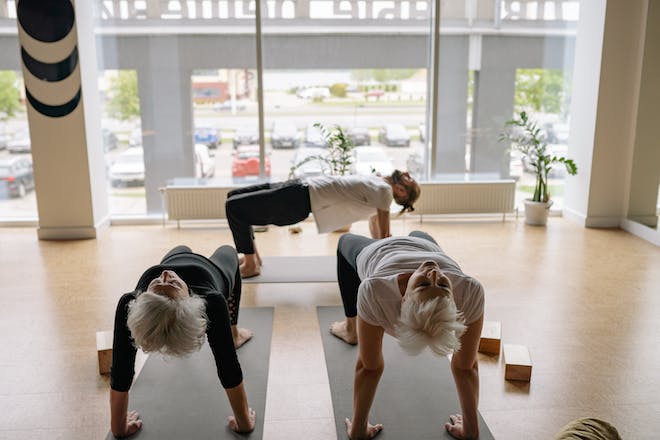Reverse Sear Ribeye Kamado: Mastering the Technique
When it comes to preparing a ribeye steak, the reverse sear method on a kamado grill can elevate your grilling game to new heights. This technique involves slow-cooking the steak at a low temperature before searing it off at high heat to achieve a perfect crust.
The Fundamentals of Reverse Searing on a Kamado
The kamado grill, with its thick ceramic walls, provides excellent insulation and heat retention, making it ideal for the reverse sear method. It’s important to start with a quality cut of ribeye, preferably one that is thick-cut and well-marbled. The reverse sear works best with steaks that are at least 1.5 inches thick.
Setting Up Your Kamado for Reverse Searing
Begin by setting up your kamado for indirect cooking. You’ll want to maintain a low temperature of around 225-250°F (107-121°C). Place the deflector plates inside your kamado to create a barrier between the coals and the steak, ensuring even, indirect heat. Allow your grill to come up to temperature before placing your steak on the grate.
Slow Cooking the Ribeye
Place the ribeye on the grill away from direct heat. The goal is to slowly bring the internal temperature of the steak up to about 10-15°F (5-8°C) below your desired level of doneness. For a medium-rare finish, you’ll want to aim for an internal temperature of around 115-120°F (46-49°C) before searing.
Monitoring the Steak’s Temperature
Use a reliable meat thermometer to monitor the steak’s internal temperature throughout the cooking process. It’s crucial not to rush this step; patience is key to achieving the desired internal temperature without overshooting it.
Preparing for the Sear
Once your ribeye reaches the target temperature, remove it from the grill and tent it loosely with aluminum foil. This is the perfect time to crank up the heat on your kamado. Open the vents to increase airflow and bring the temperature up to a high searing heat of around 500-600°F (260-316°C).
The Final Sear
With your kamado now at a blazing hot temperature, place the ribeye back on the grill directly above the coals. Sear each side for about 1-2 minutes, or until a deep, caramelized crust forms. Be careful not to burn the steak; this final step happens quickly.
Once seared to your satisfaction, remove the steak from the grill and let it rest for a few minutes. Resting allows the juices to redistribute throughout the meat, ensuring a juicy, succulent bite.
Serving Your Reverse Sear Ribeye
After resting, slice your ribeye against the grain and serve immediately. The reverse sear technique should yield a steak that’s evenly cooked from edge to edge, with a flavorful, crispy exterior that’s the hallmark of a perfectly grilled ribeye.
The reverse sear ribeye kamado method may take a bit longer than traditional grilling, but the results are well worth the extra time. With practice, you’ll be able to achieve a restaurant-quality steak in the comfort of your own backyard.
Tips and Tricks for Enhancing Flavor
Consider adding wood chips to the coals for a smoky flavor, or experimenting with different rubs and marinades to complement the rich taste of the ribeye. No matter how you customize the process, the reverse sear remains a superior method for grilling thick steaks to perfection.
